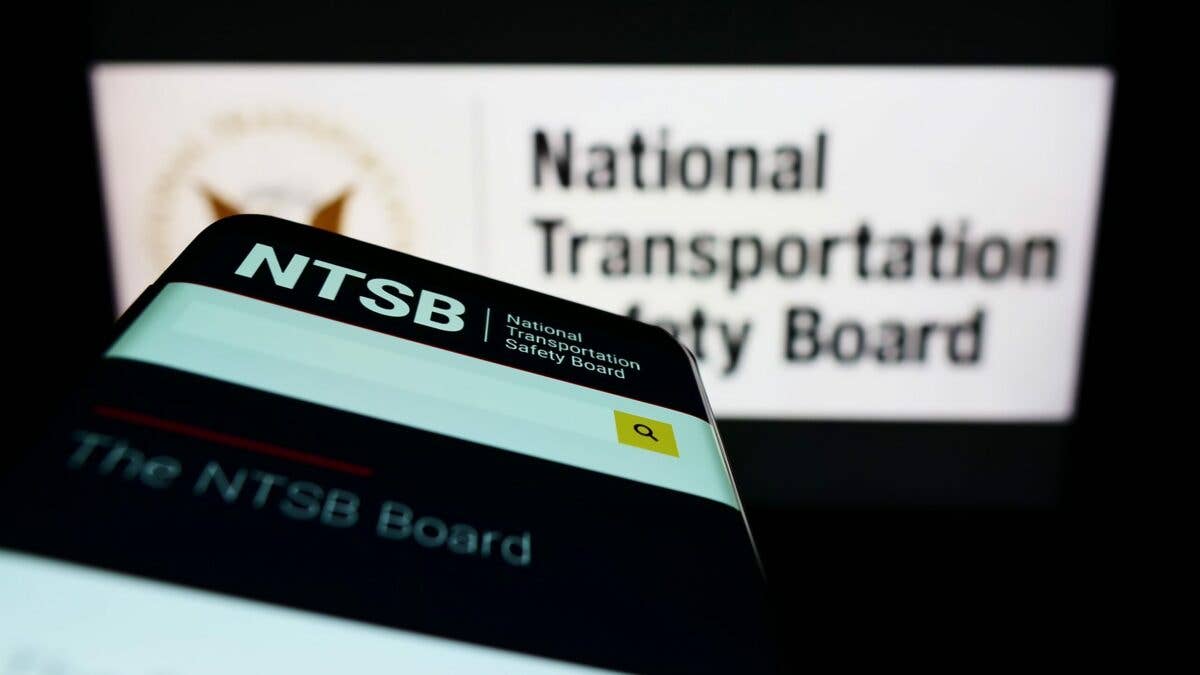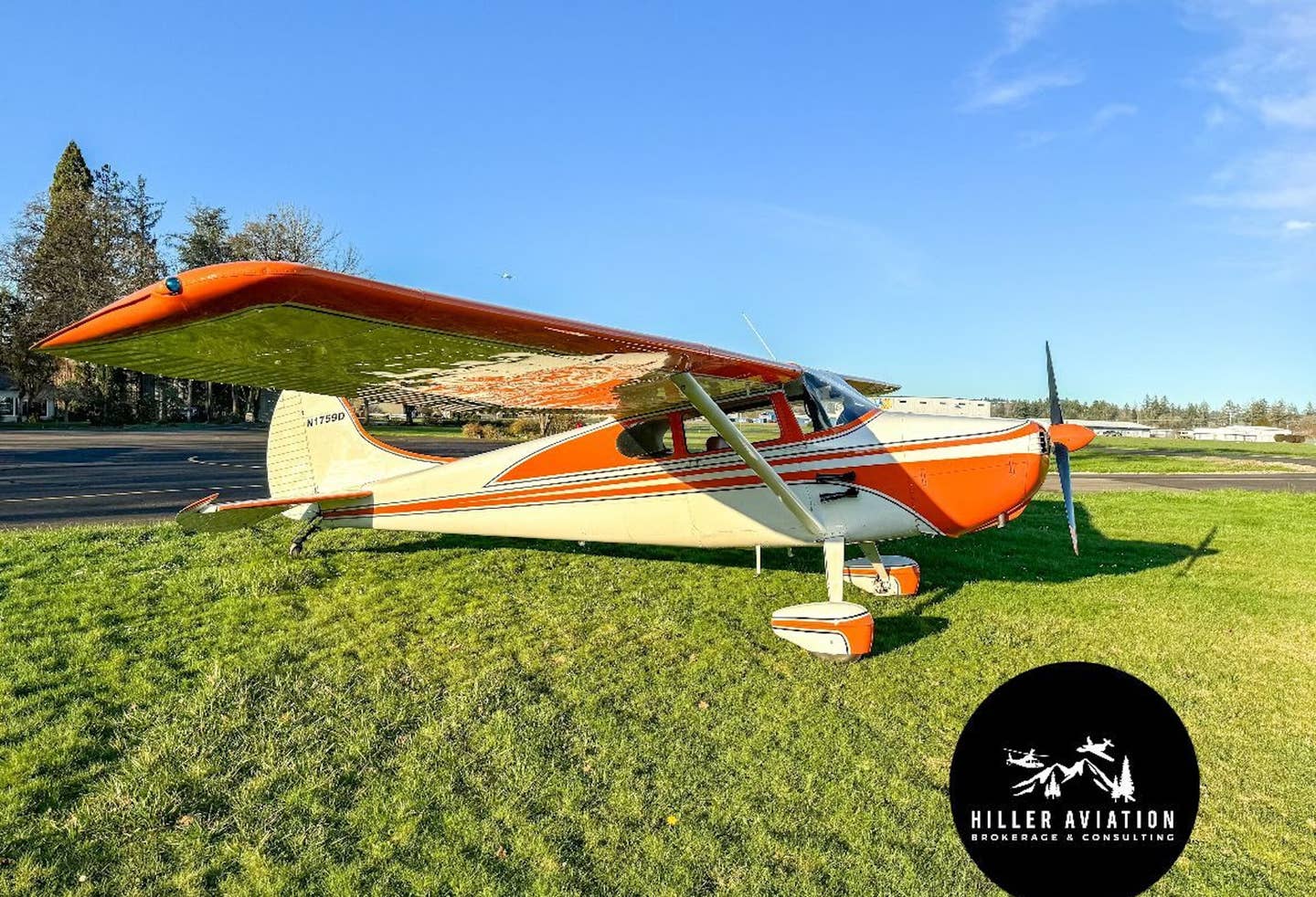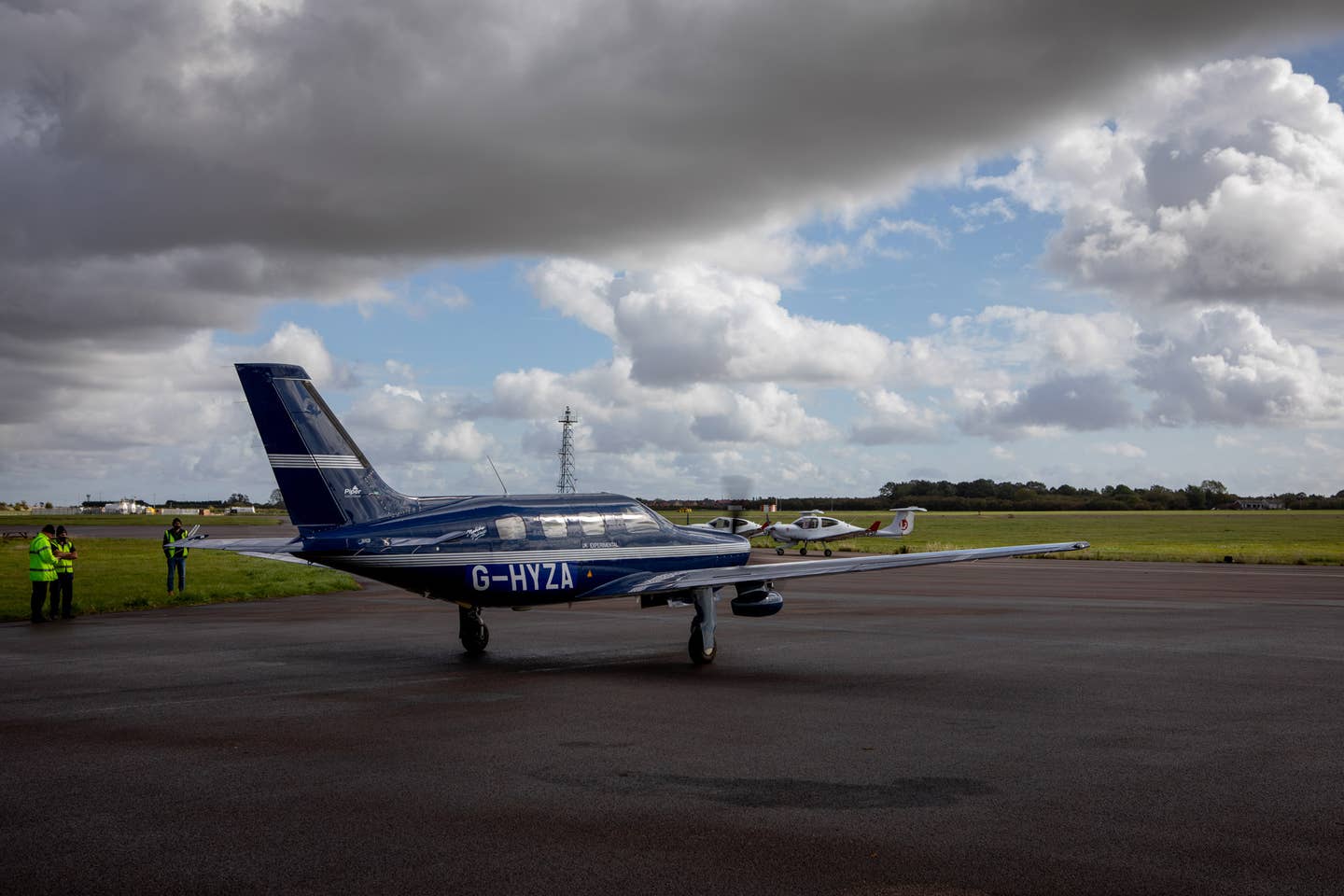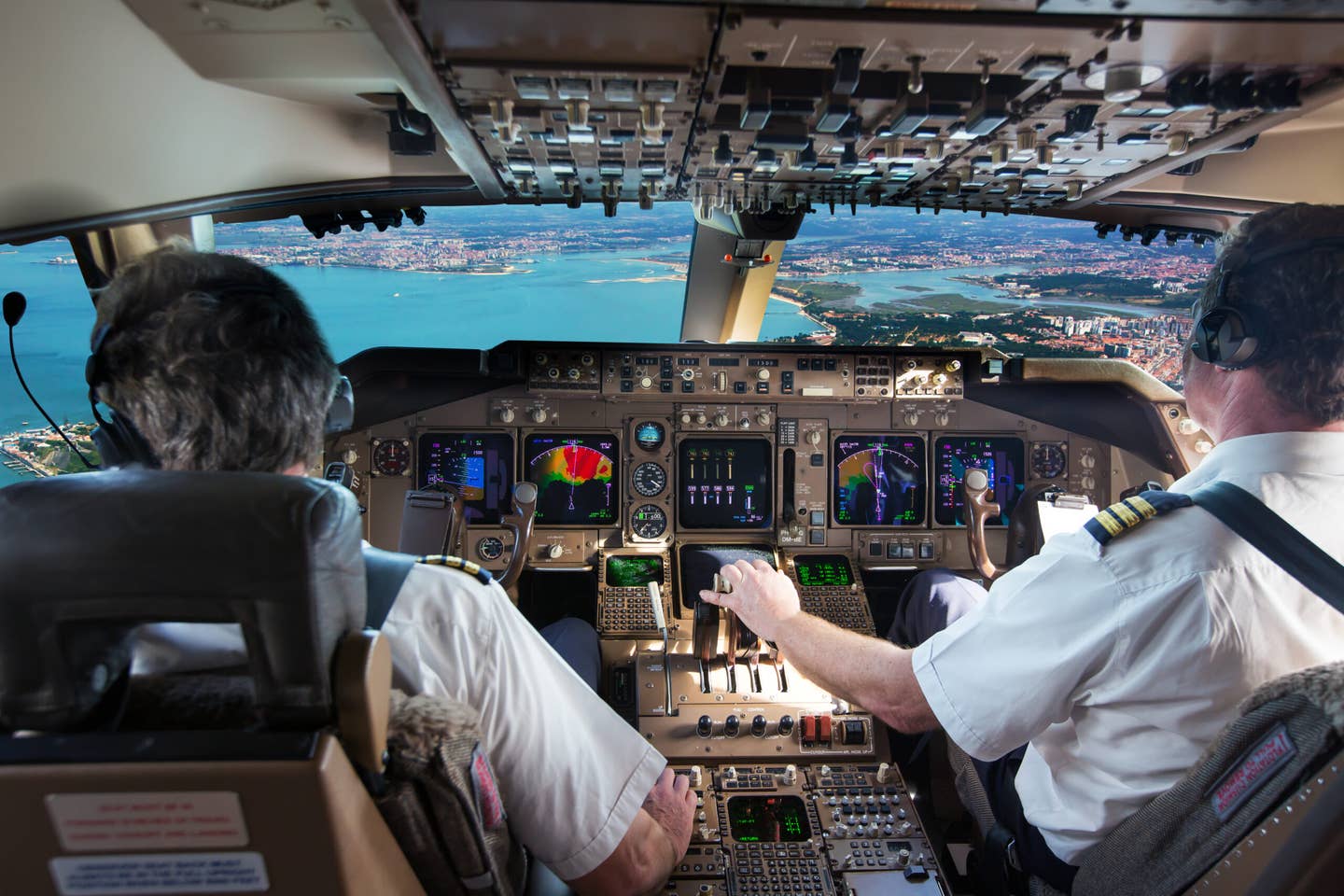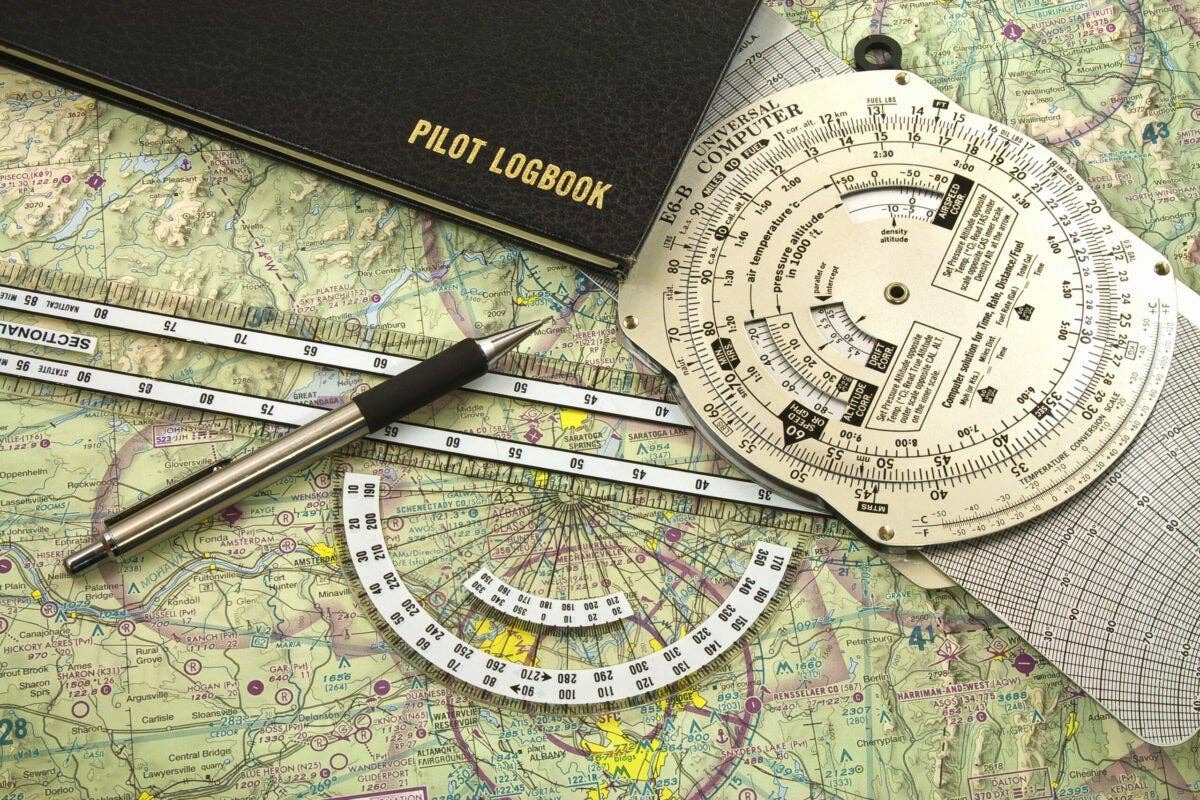What Is the Rudder Used for in Flying?
Those pedals are there for a reason. Here’s why.

Rudder controls the side-to-side motion of the nose of the airplane. [Courtesy: Meg Godlewski]
Question: I fly in Microsoft Flight Simulator 2020. I was wondering, what do you use the rudder for in flight?
Answer: Rudder controls the side-to-side motion of the nose of the airplane—the technical term for this is yaw.
To make the airplane turn (bank), the pilot moves the yoke or stick in the direction they want to turn. This activates the ailerons, which are the outboard, moveable panels on the wings.
The downward-deflected panel is on the outside of the turn, and as the downward deflection increases the surface area of the wing, it generates more lift. The aircraft nose yaws toward the side with the wing generating more lift. From the pilot's perspective, that yaw is in the opposite direction of the turn. As this turn is opposite to the direction of the turn the pilot wants, the technical term for this is adverse yaw.
In the airplane, banking without using the rudders feels a little bit like someone pulling you sideways by the seat of your pants. It is poor airmanship as it results in an uncoordinated turn.
In an aircraft with a turn coordinator or slip skid indicator (the instrument that has a tube and ball in it that acts in response to lateral motion), note that if the airplane is banked only with aileron, the ball will be to the outside of the turn. To correct this, the pilot steps on the rudder on the same side the ball is deflecting to. This corrects the adverse yaw. "Step on the ball" is the phrase you often hear. When flying an aircraft with a glass panel that has a triangle with a lateral moving base, the phrase "step on the line" is used.
The rudder controls the adverse yaw, and when correctly applied results in a coordinated (smoother) turn.
For more information refer to the Pilot's Handbook of Aeronautical Knowledge (available on the FAA website or at brick-and-mortar stores) in Chapter 6, Flight Controls.

Sign-up for newsletters & special offers!
Get the latest FLYING stories & special offers delivered directly to your inbox

